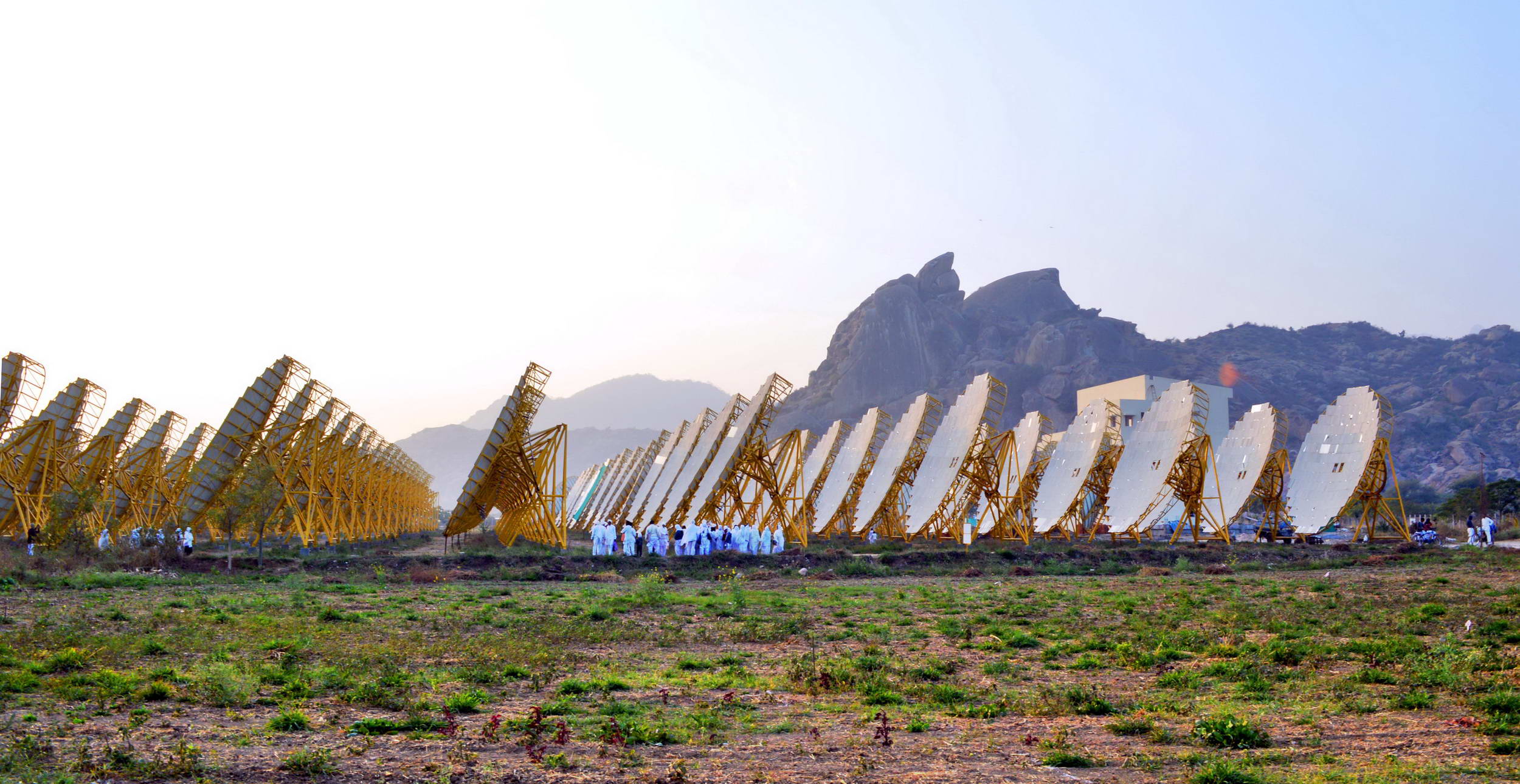Rajasthan has become the first Indian state to achieve 10 GW of cumulative large-scale solar installations, according to the Mercom’s India Solar Project Tracker.
The state now has 32.5 GW of installed power capacity, with renewables contributing 55 percent of energy generation, followed by thermal energy at 43 percent and nuclear energy for the remaining 2 percent. Solar is the main source that now accounts for around 36 percent of the power capacity mix and 64 percent among renewables, adds Mercom.
Rajasthan enjoys some of the highest solar irradiation levels in India. It also has other drivers such as land availability and less power curtailment issues. According to Mercom’s tracker, Rajasthan has over 16 GW of solar projects under development.
In 2019, Rajasthan released its Solar Energy Policy 2019 with an aim to achieve a target of 30 GW of solar power by the financial year 2024-25. Utility or grid-scale solar parks will account for 24 GW of this capacity, followed by distributed generation 4 GW, and rooftop solar and solar pumps accounting for 1 GW each.
The state also has significant solar projects under construction. The projects include the ones developed by NTPC and Solar Energy Corporation of India (SECI) and a few developed under the Rajasthan State Solar Policy. The SECI-awarded projects are of capacity 11.6 GW, including 6.2 GW interstate transmission system (ISTS) projects.
In February 2022, the Ministry of New and Renewable Energy notified that all renewable energy projects under implementation, wholly or partly located in the priority or potential territory of the Great Indian Bustard, are to be granted a 30-day extension on the scheduled date of commissioning following the Supreme Court judgment. These include the projects whose commissioning is delayed due to non-completion of project transmission infrastructure.


























